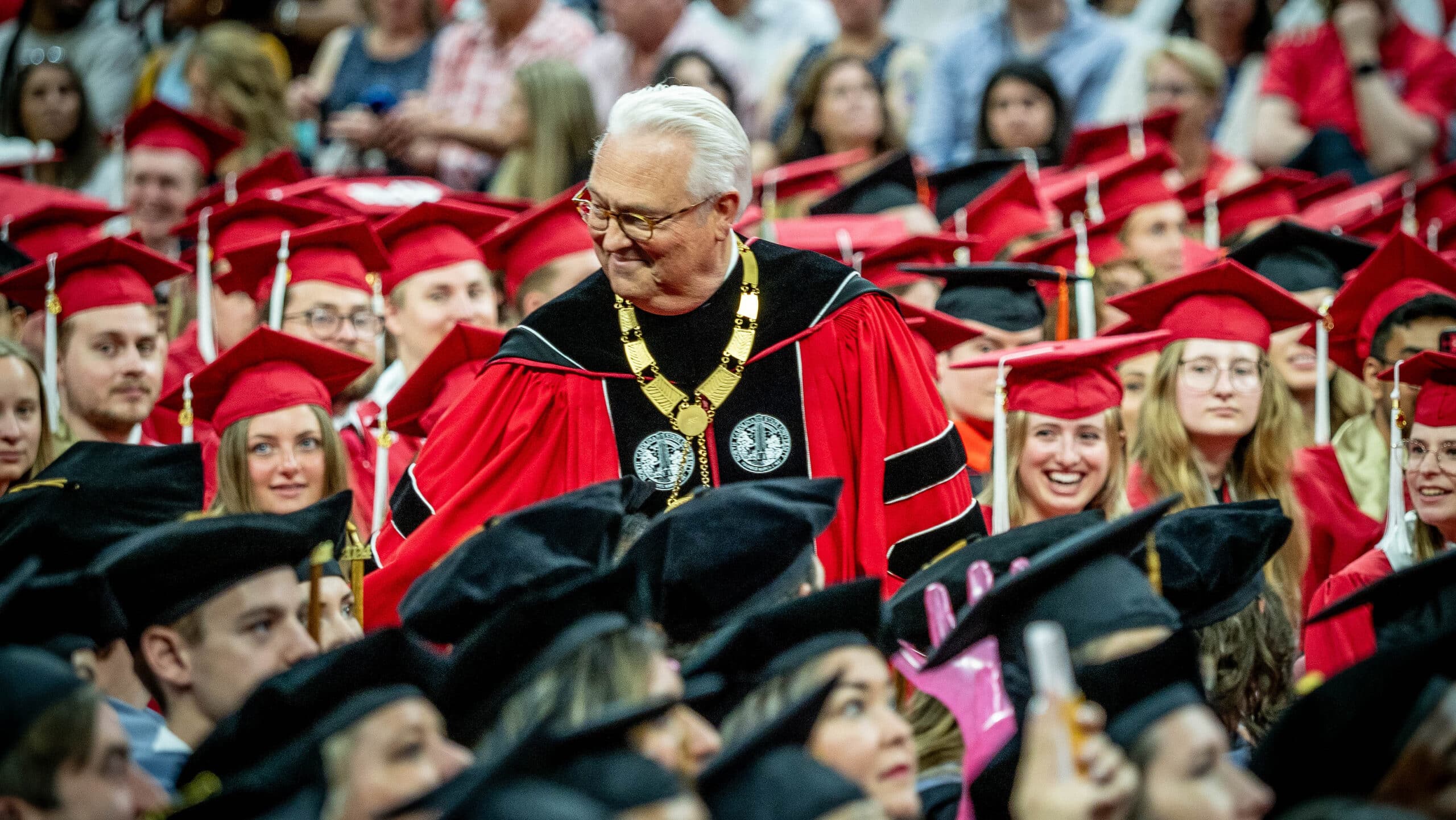Here come the judges
Subtlety isn’t the first word you would associate with North Carolina State Fair food.
More likely candidates: decadence, sugar, fried or heartburn.
But a subtle palate went a long way at the fair’s food competitions Tuesday, where you were likely to hear praise for a cookie’s “crumb appeal” or the “cabbage-y-ness” of a preserved relish. Annually, faculty from the NC State College of Agriculture and Life Sciences help choose the state’s best homemade food products, from jellies and jams, to wine and cheese, to cakes and cookies.
At the highest levels of competition, the differences could be, well, subtle.
Take, for instance, the preserved foods contest, which includes jams, jellies, chutneys and otherwise preserved fruits and vegetables. As superintendent, Ben Chapman, assistant professor and food safety specialist in the Department of 4-H Youth Development and Family and Consumer Sciences, chooses judges in the preserved foods categories. In the fruit preserve category alone, those judges consider a fairly dizzying range of variables: fruit shape, clarity and color, texture, packing and fullness, consistency, and the proportion of syrup to fruit.
And, of course, flavor.
“When it comes to home food preservation, there’s this sort of combination of art and science that happens,” Chapman said. “What you’re looking for is perfection.”

The search itself can be exhausting. Judging generally covers four to five hours and several dozen samples. But it’s also rewarding and endlessly fascinating, said Carolyn Dunn, professor of family and consumer sciences and preserved foods judge.
“The creativity is just amazing, of what people will come up with,” said Dunn, who has been a fair judge for more than 20 years. ” They’ll pickle just about any vegetable or fruit.”
Hundreds of competitors participated in the preserved food and baked good competitions decided on Tuesday. First prize in most categories fetches somewhere around $10 or $12, less in junior categories.
Shuttling samples to the judges, answering questions and separating the winners from the losers makes for a hectic day, said Jackie McClelland, superintendent of the bread, cake, cookie and candy categories this year.
“It’s constant motion for all those hours,” said McClelland, professor of family and consumer sciences. “It’s an enjoyable day.”
The popular conception of fair food centers on the chocolate-dipped, deep-fried wonders of the midway. But the history of the North Carolina State Fair and and similar events is inextricably linked with food and agriculture. Long before the fried Twinkie and the frozen, chocolate-covered-cheesecake-on-a-stick, the point of a fair was to showcase North Carolina’s farms.
Along with livestock demonstrations and other events, the food competitions bind the modern fair to its roots. And NC State has a tight connection to those roots, having provided judges in a range of expositions for decades.
“At the heart and the core of the fair, it’s looking at the best that this state has to offer in agriculture, whether its livestock or crop production or preserving those crops,” Dunn said.
- Categories:


